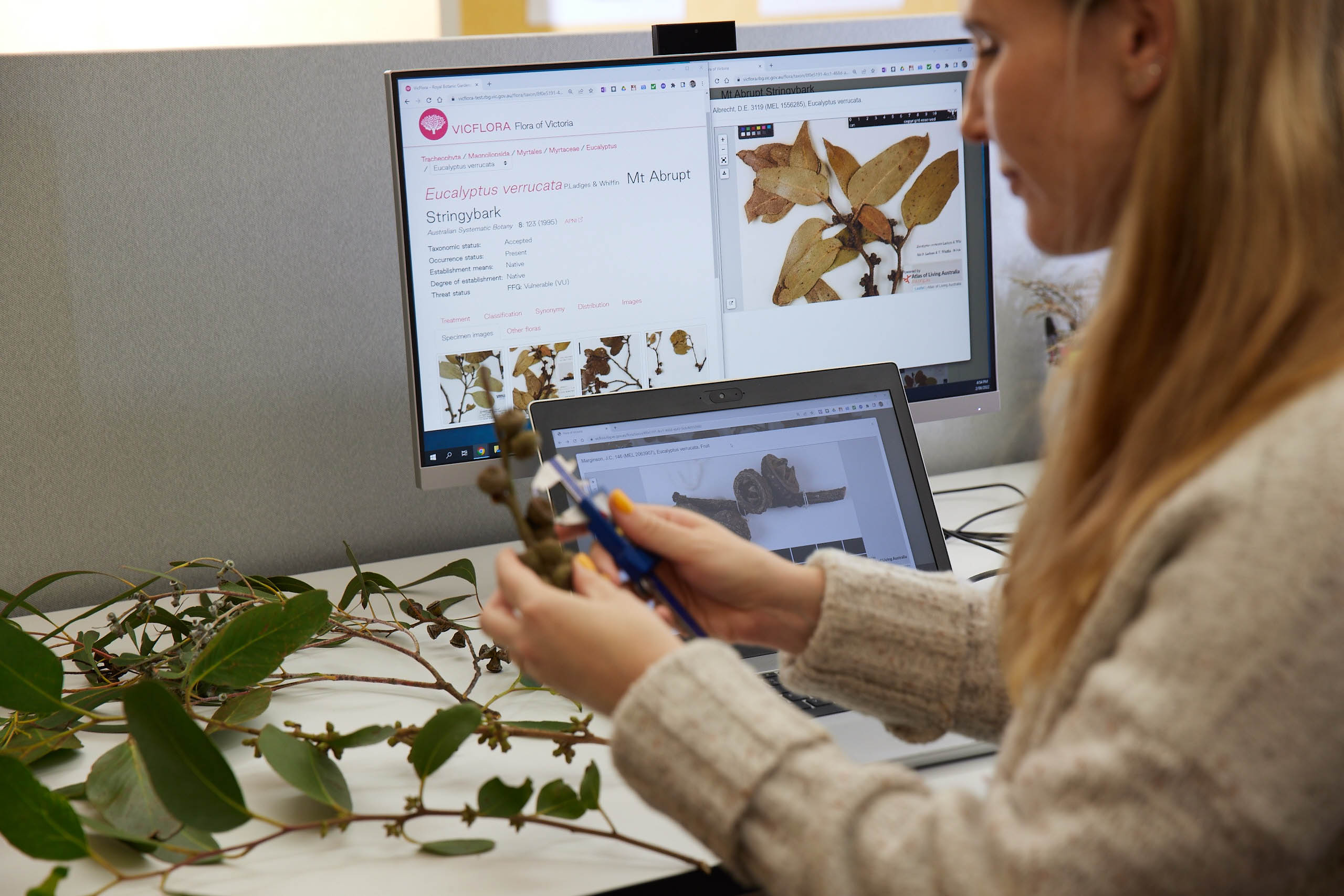
VicFlora Re-Launch
Jump to:
Royal Botanic Gardens Victoria re-launches VicFlora database to help users identify plants more easily
Today, Royal Botanic Gardens Victoria re-launched its plant biodiversity website, VicFlora. The new portal features upgrades that allow users to identify Victoria’s plants more easily. It is based on a new, open-source core that allows Gardens botanists to easily add new usability and accessibility features to continually improve the user experience.
First launched in September 2016, VicFlora provides identification tools and information for all known native and naturalised Victorian plants, with over 4,400 different plant entries. Today, VicFlora contains more than 33,000 images that document 80% of Victoria's plants - a figure which increases each season. It is the organisation's most used scientific resource with 189,000 users and over 2.1M pages of data delivered per year, and 1,600 users per day during the peak flowering season.
As such, VicFlora is one of the most visited sites in Australia for native plant identification. Significant milestones were attained in 2020 and 2021 when Eucalyptus and Acacia ‘exemplars’ were respectively added to the flora. Exemplars are very high-resolution images of perfect reference specimens, in this case covering Victoria’s many Eucalyptus and Acacia species, including close-ups of key diagnostic characters needed for identification.
Features at the time of re-launch now available include:
- An updated distribution map platform based on an open-source, mobile-friendly interface. The new map includes display of AVH (Australian Virtual Herbarium) record data for map points, as well as layer functionality that allows users to overlay Bioregions, Local Government Areas, and Parks and Reserves
- Improved checklist functionality, allowing the creation of species checklists for Bioregions, Local Government Areas, and Parks and Reserves
- Taxon profiles with enhanced links to APNI (Australian Plant Names Index) and links to species profiles in sister floras in Australia and New Zealand
- Definitions of the ‘status fields’ in taxon profiles in pop-up boxes simply accessed by hovering over the text in question
- A glossary of botanical terminology that is accessible from all individual species entries, highlighting technical terms with definitions provided on hover. Definitions are also now accessible from directly within the keys to the main groups of vascular plants in Victoria
- An updated ‘threat status’ field to include IUCN, FFG, EPBC status
- Establishment means and degree of establishment values mapped to the new Darwin Core vocabularies to standardise the vocabulary used for communicating information about biodiversity
- Multi-access (Matrix) keys for Victorian Acacia, Asteraceae, Cyperaceae, Eucalypts, Fabaceae, Juncaceae and Flowering Plant Families
- Updated APIs (Application Programming Interface), allowing other systems and apps to make use of VicFlora’s data more easily
Exciting new features are also in development.
VicFlora continues to be the primary port of call for all those seeking to identify the plants of Victoria, as well as the authoritative reference for natural resource managers and secondary and tertiary students in the natural sciences.
To view the platform, please visit:

MEDIA RELEASE - 27 July 2022
For more information or interviews please contact:
Tanya Hendy
Communications and Media Coordinator
Royal Botanic Gardens Victoria
0421 848 948
Author: Tanya Hendy
